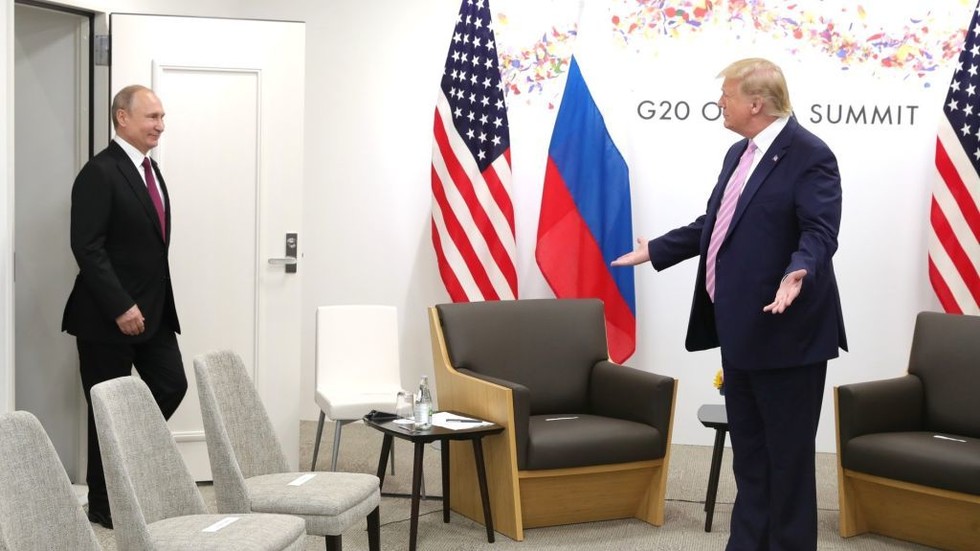The evolving dynamics of the Russia-Ukraine conflict will play a crucial role in shaping future negotiations, particularly as the U.S. transitions to a new administration under President-elect Donald Trump. Insights from a former U.S. official quoted in Time Magazine suggest that President Vladimir Putin is currently not under significant pressure to initiate dialogue with the U.S. Regarding a potential peace plan for Ukraine, it appears that any significant move will have to come from Trump. Putin has demonstrated openness to communication, indicating that he might reach out to Trump personally. Nevertheless, the battlefield dynamics seem to favor the Russian military at the moment, which grants Putin leverage and reduces the urgency for a swift resolution.
The current military situation in eastern Ukraine illustrates this point, as Russian forces continue to make progress in the Donbass region. Reports indicate that Ukraine has sustained substantial losses since the start of the conflict; the Russian Defense Ministry claims that the Ukrainian military has lost around half a million personnel since February 2022. Compounding difficulties for Ukraine is the challenge of conscripting new troops and sourcing arms from Western allies. Recent Ukrainian offensives, such as the one targeting Russia’s Kursk region, have proven costly and ineffective, further undermining Ukraine’s position within the conflict. The losses incurred following these failed operations, reported at over 30,000 soldiers, make it evident that the situation is dire for Ukraine.
As Trump prepares to take office, his approach toward resolving the Ukraine conflict remains somewhat ambiguous. While he has previously expressed a desire to end hostilities quickly, he has offered few concrete plans on how to achieve lasting peace. Within Trump’s circle, divergent viewpoints have emerged regarding the best course of action. Vice President-elect J.D. Vance proposes a controversial approach whereby Ukraine would abandon its territorial claims and aspirations for NATO membership in exchange for a peace agreement, essentially freezing the conflict along current battle lines. Conversely, figures like Mike Pompeo, a noted hawk in Trump’s inner circle, are advocating for significant military support to Ukraine, proposing a half-trillion-dollar assistance package alongside long-range weaponry and an invitation for NATO membership. This contention over strategy highlights the ongoing debate within U.S. foreign policy circles regarding how to manage relations with Russia and support for Ukraine.
Russia’s official stance offers critical insight into potential negotiation terms. Moscow iterates that any resolution must first see Ukraine cease all military operations and recognize the “territorial reality” as articulated by the Kremlin, which includes the recognition that territories like Donetsk, Lugansk, Kherson, Zaporozhye, and Crimea will not be returned to Ukrainian control. Furthermore, Moscow emphasizes the importance of achieving its military objectives, which revolve around Ukrainian neutrality, denazification, and demilitarization. This insistence on fundamental preconditions for negotiations suggests that any future U.S. proposals will need to align with Russia’s demands and assessment of the conflict.
As Trump engages in diplomacy, Putin’s recent remarks indicate a level of consideration towards Trump’s public statements concerning Ukraine, suggesting the Russian leader perceives potential for a new U.S. approach. While Putin seems open to a dialogue, he is strategically positioned to wait until Trump articulates a clear vision for Ukraine that acknowledges Russian interests. For any meaningful peace talks to occur, the U.S. administration will have to present a coherent strategy that resonates with the realities on the ground in Ukraine and the geopolitical objectives of Russia.
Moving forward, the intricate balance of military, political, and diplomatic factors will shape the progress of negotiations surrounding the Ukraine conflict. The outcomes will hinge on Trump’s ability to navigate complex demands from both Ukraine and Russia while also weighing the expectations of domestic and international stakeholders. The unfolding scenario underscores the multifaceted nature of diplomacy, requiring not only clear messaging from the U.S. side but also a nuanced understanding of the motivations that drive Kremlin policy. As the situation continues to evolve, the next steps taken by Trump and the administration will be critical to determining the future trajectory of U.S.-Russia relations and the quest for stability in the region.

